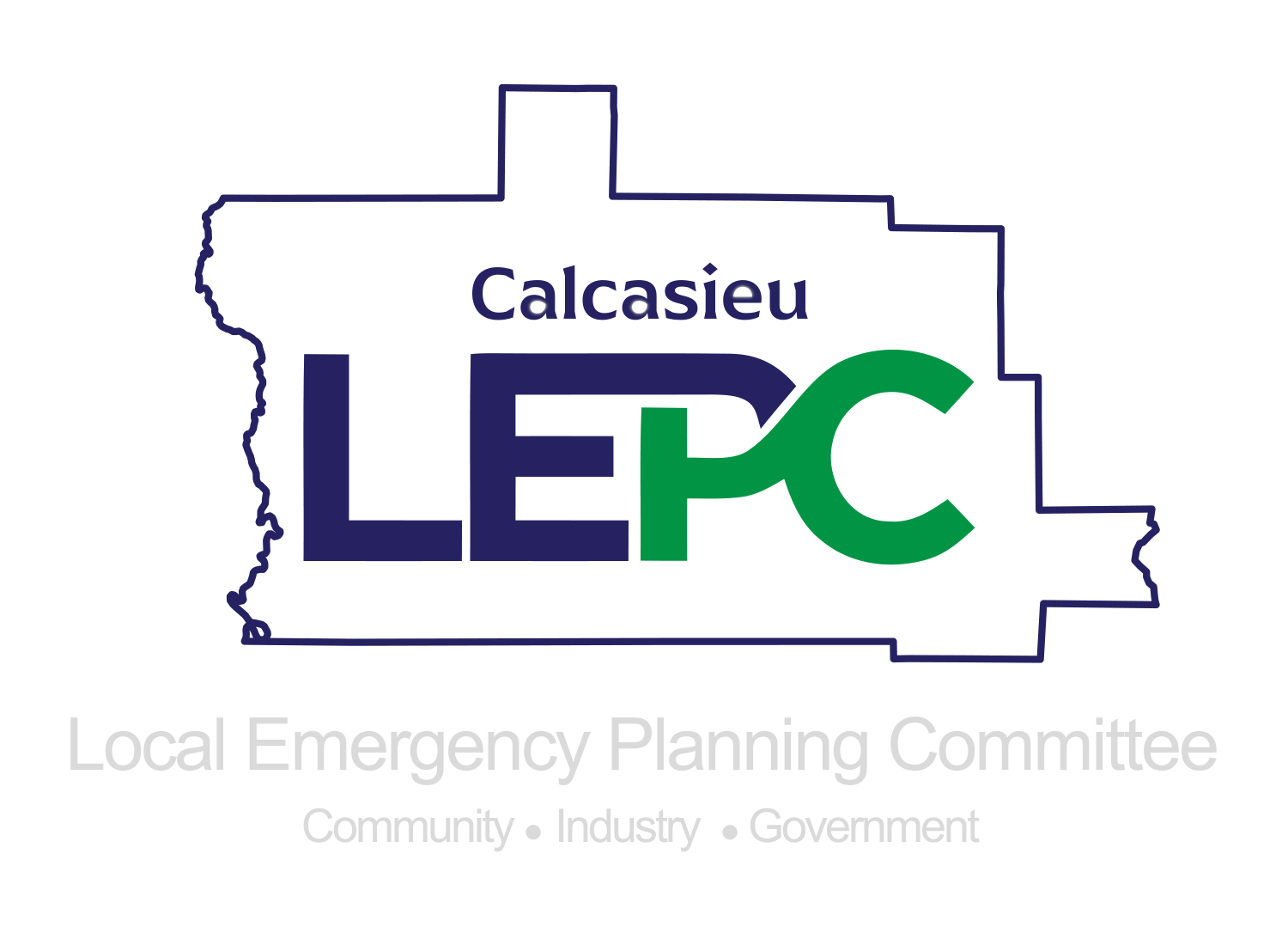
Emergency Planning and Community Right-to-Know Act (EPCRA)
Congress enacted the Emergency Planning and Community Right-to-Know Act in 1986 to establish requirements for federal, state, and local governments, tribes, and industry regarding emergency planning and "community right-to-know" reporting on hazardous and toxic chemicals. The community right-to-know provisions help increase the public's knowledge and access to information on chemicals at individual facilities and their uses and releases into the environment. States and communities, working with facilities, can use the information to improve chemical safety and protect public health and the environment.
Local Emergency Planning Committees (LEPCs)
Local Emergency Planning Committees (LEPCs) were established by the Federal Emergency Planning and Community Right-To-Know Act, as Title III of the Superfund Amendments & Reauthorization Act of 1986.
Originally, the LEPC was designed to provide a forum for emergency management agencies, responders, industry, and the public to work together to evaluate, understand, and communicate chemical hazards in the community and develop appropriate emergency plans in case of accidental release of these chemicals.
Local industries must provide information to the State and LEPCs about chemical hazards. LEPCs are required by law to make this information available to any citizen who requests it. You can make a difference by attending an LEPC meeting or by joining your LEPC. The meetings are held on the third Tuesday of each month at 10:00 am at the Office of Homeland Security and Emergency Preparedness, 901 Lakeshore Dr., Suite 200, Lake Charles, Louisiana 70601 at (337)-721-3800.
Tier II Reporting
SARA, Section 312, and the Louisiana Right-to-Know law apply to owners/operators of fixed-site facilities who manufacture, use, or store any hazardous chemical/substance on which OSHA requires them to maintain an MSDS (i.e., Extremely Hazardous Substances and OSHA-regulated chemicals). Federal rules require reporting of these hazardous chemicals if they are present in amounts of 10,000 pounds or more, except for Extremely Hazardous Substances with a reporting threshold of 500 pounds or Threshold Planning Quantity if lower than 500 pounds.
However, under State rules, the threshold quantities that trigger inventory reporting are much lower (500 pounds of a chemical present on-site on any one day during the preceding calendar year), except for some Extremely Hazardous Substances with lower threshold quantities.
These businesses must file by March 1st of each year an inventory form for the preceding calendar year, listing the chemicals, the hazard categories, inventory ranges, storage conditions, and locations. The inventory form must be filed with the Louisiana Emergency Response Commission (LERC) and the Local Emergency Planning Committee (LEPC) at the address listed under Item K of the Table of Contents. It must also be filed with the local fire department that services the facility.
Hazardous Material Information Development, Preparedness and Response Act (LAC 33:V.Chapter 101)
Parish of Calcasieu, State of Louisiana, Ordinance Number 3020